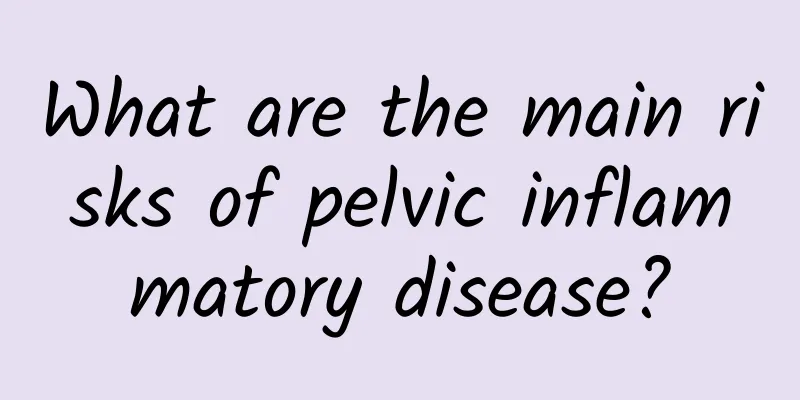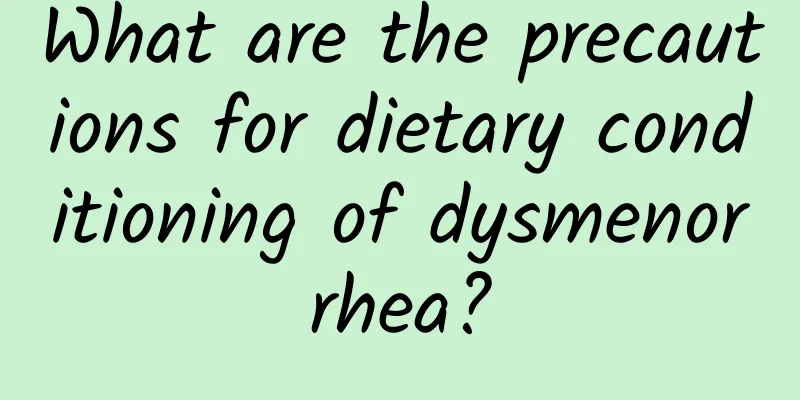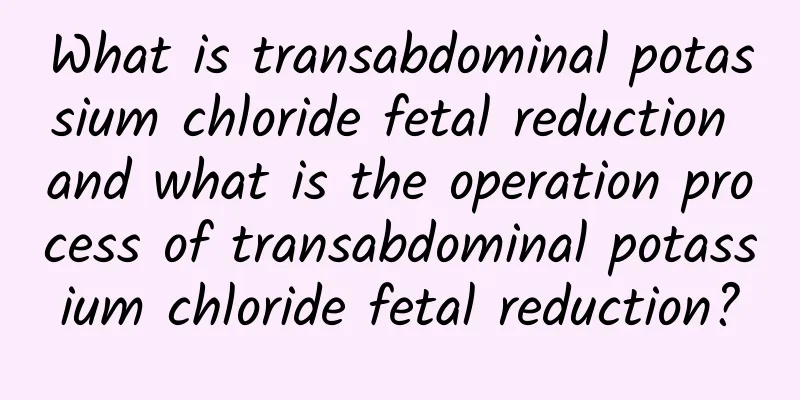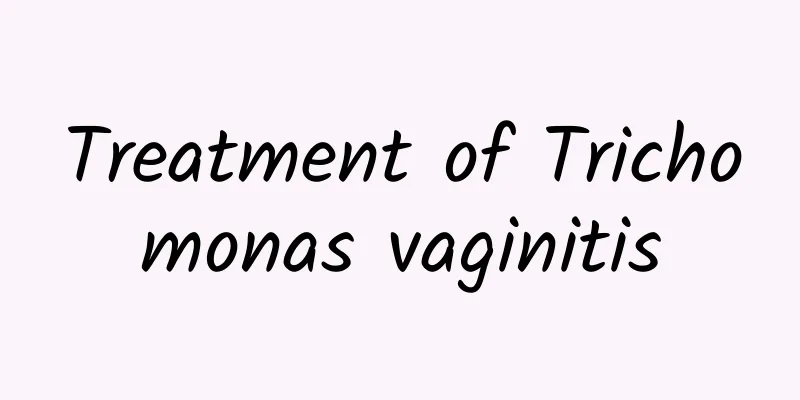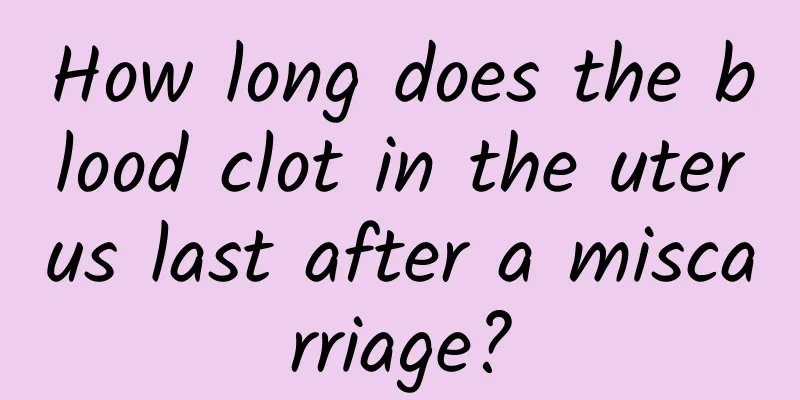What are the complications of ovarian cysts?
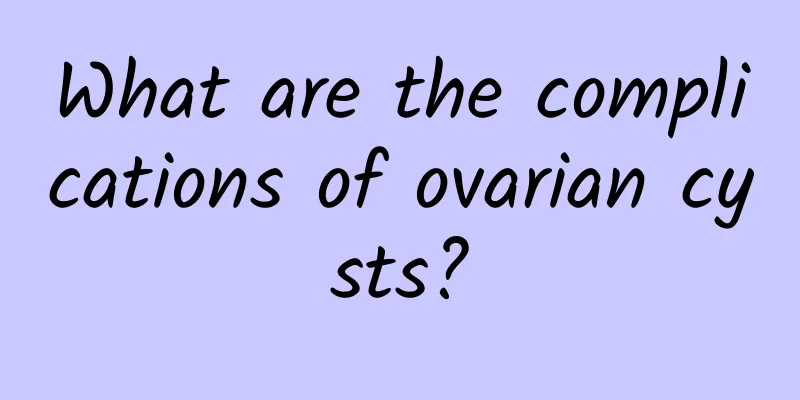
|
Ovarian cysts are asymptomatic in the early stages, and there is a lack of good early diagnosis and differentiation methods. Once a malignant tumor is discovered, it is often an advanced disease and is accompanied by complications of ovarian cysts. Let's take a look at the complications of ovarian cysts. Pedicle torsion is one of the complications of ovarian cysts. About 10% of ovarian tumors are torsion-prone, which is a common gynecological acute abdomen. It is more common in cystic tumors with long pedicles, medium size, large mobility, and center of gravity biased to one side. It often occurs when the body position changes suddenly, in early pregnancy or after delivery. After the pedicle is torsion, the venous return of the tumor is blocked, causing congestion, purple-brown color, and even ruptured blood vessels and bleeding, which can cause tumor necrosis and infection due to arterial obstruction. In acute pedicle torsion, the patient suddenly has severe pain in the lower abdomen, which may be accompanied by nausea, vomiting, and even shock in severe cases. During the examination, the abdominal wall muscles on the affected side are tense, tenderness is significant, and the mass has greater tension. Once diagnosed, the tumor should be surgically removed immediately. During the operation, the twisted pedicle should not be turned back. It is advisable to clamp and cut it off near the twisted part of the pedicle to prevent the thrombus from falling off and entering the blood circulation. Tumor rupture is also a complication of ovarian cysts. Spontaneous rupture may occur due to ischemic necrosis of the cyst wall or tumor erosion and penetration of the cyst wall; or traumatic rupture may occur due to squeezing, childbirth, gynecological examination, and puncture. After rupture, the cyst fluid flows into the abdominal cavity, irritating the peritoneum, which may cause severe abdominal pain, nausea, vomiting, and even shock. During the examination, there are abdominal irritation signs such as abdominal wall tension, tenderness, and rebound pain, and the original mass shrinks or disappears. After diagnosis, laparotomy should be performed immediately to remove the cyst and clean the peritoneum. The above is an introduction to the complications of ovarian cysts. Patients should go to the hospital for treatment as soon as possible and receive correct and effective treatment under the guidance of a doctor to avoid worsening of the disease and causing a series of complications of ovarian cysts, which will cause greater harm. I wish you good health. Ovarian cysts http://www..com.cn/fuke/ncnn/ |
<<: Things to note when preventing ovarian cysts
>>: Early symptoms of uterine fibroids
Recommend
Is miscarriage life-threatening?
Pregnancy is the happiest thing in a woman's ...
What are the different aspects of the cost of treating irregular menstruation?
Generally, female friends will actively treat irr...
Several important dietary considerations for irregular menstruation
In real life, many female friends have irregular ...
Expert Q&A: Common causes of uterine fibroids
In real life, many female friends have to face th...
What are the growth factors of uterine fibroids? How fast does uterine fibroids grow?
What are the growth factors of uterine fibroids? ...
Can having ovarian cysts affect life expectancy?
First, understand the nature of the cyst. If it i...
What is the best diet for irregular menstruation? The following is a detailed introduction
Irregular menstruation requires attention to diet...
Is common vaginitis contagious?
Common vaginitis is usually not contagious to oth...
Drink good water to stay away from dementia! Remember the 5 best times to drink water
People often say, "Drink more water when you...
Will uterine fibroids cause miscarriage? What should I do if I have uterine fibroids?
In recent years, as people's pace of life acc...
Explore the early symptoms of ectopic pregnancy
Ectopic pregnancy is not uncommon in life. Many p...
What are the self-care measures for pelvic peritonitis?
Everyone knows that the occurrence of pelvic peri...
Important treatment methods for threatened abortion
Threatened abortion is a signal of impending misc...
What is the cause of multiple uterine fibroids? How to treat multiple uterine fibroids?
Among the many gynecological diseases, uterine fi...
Is pelvic inflammatory disease easy to treat?
Pelvic inflammatory disease is divided into acute...

